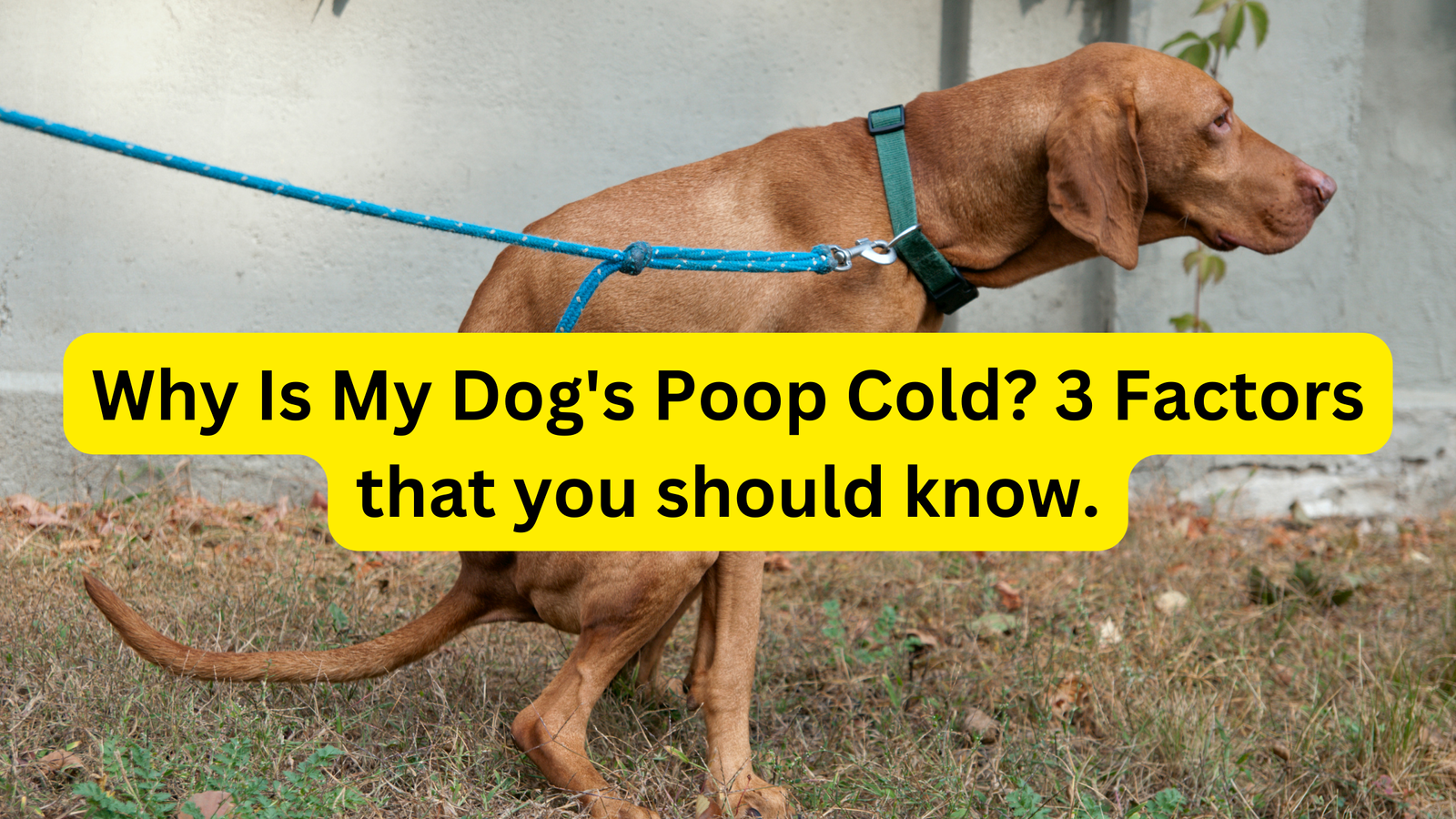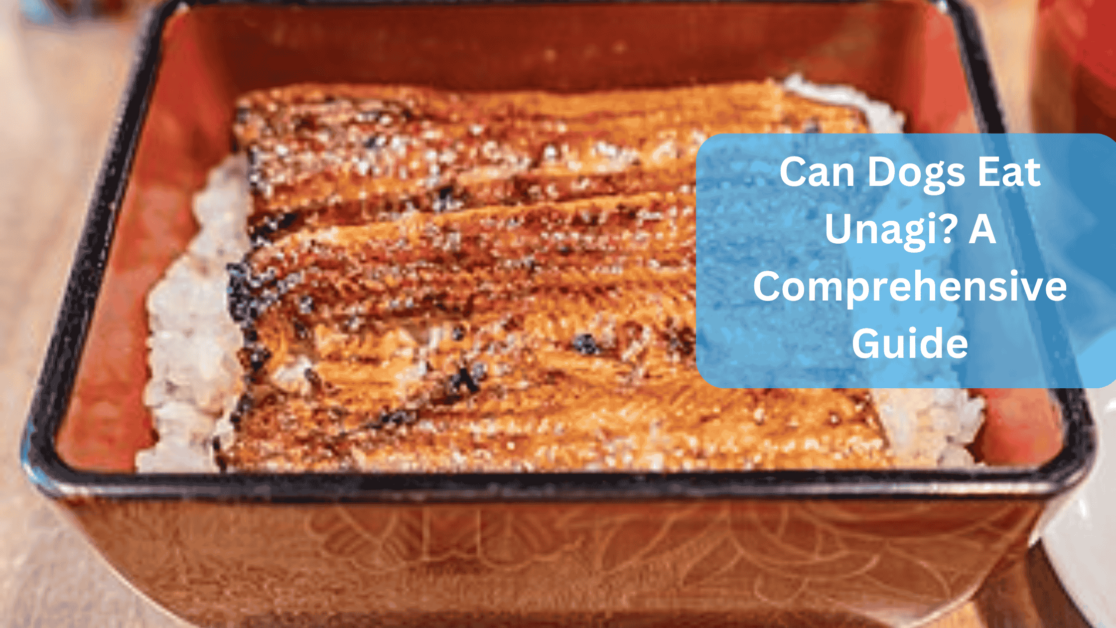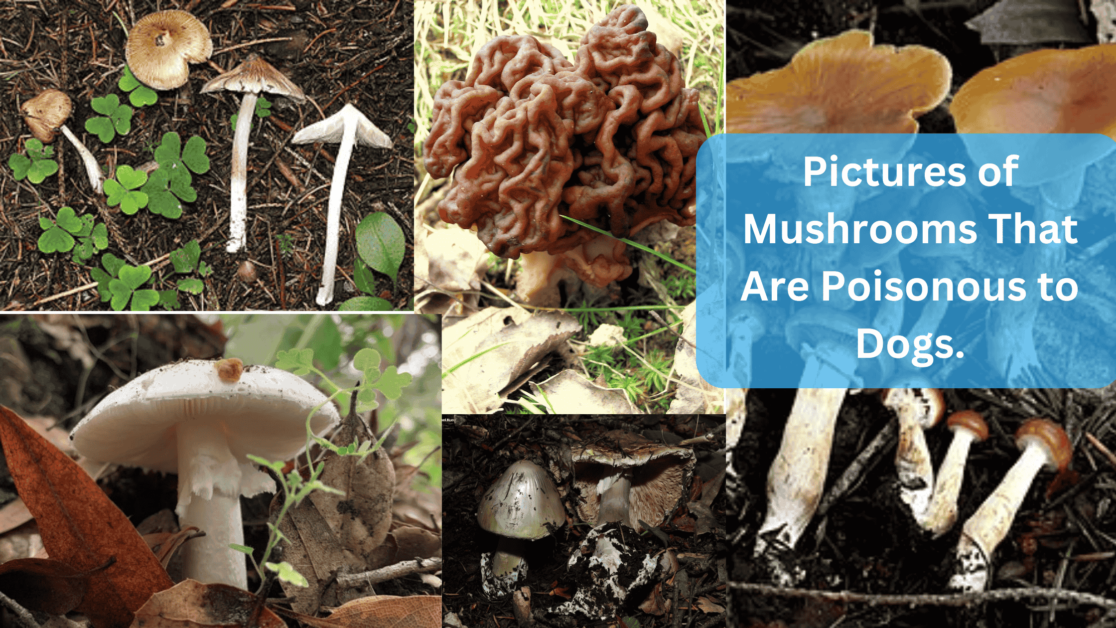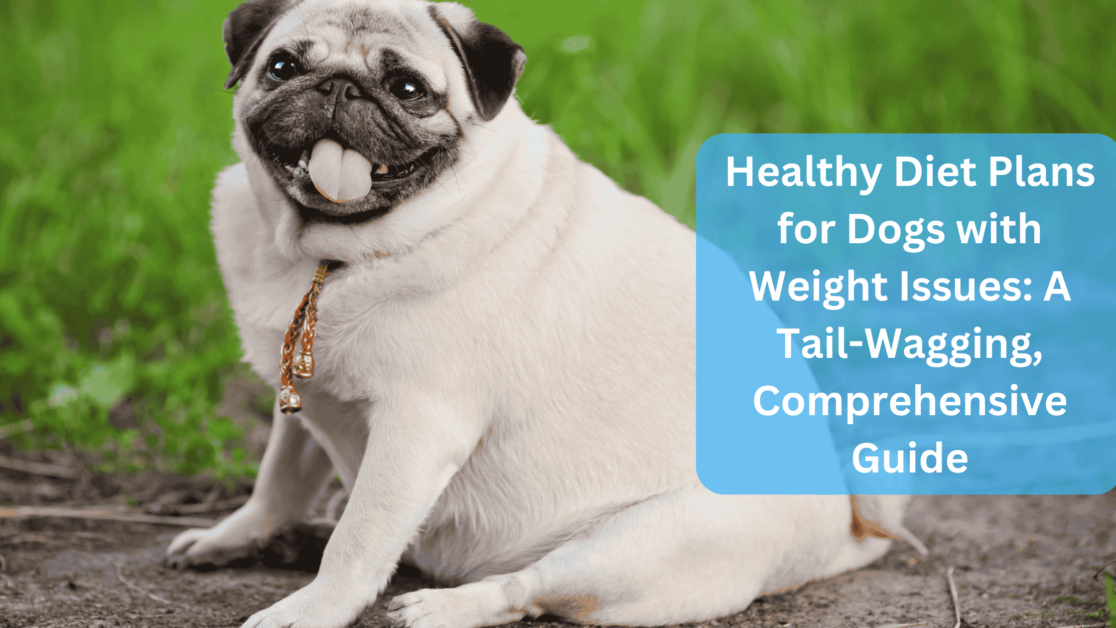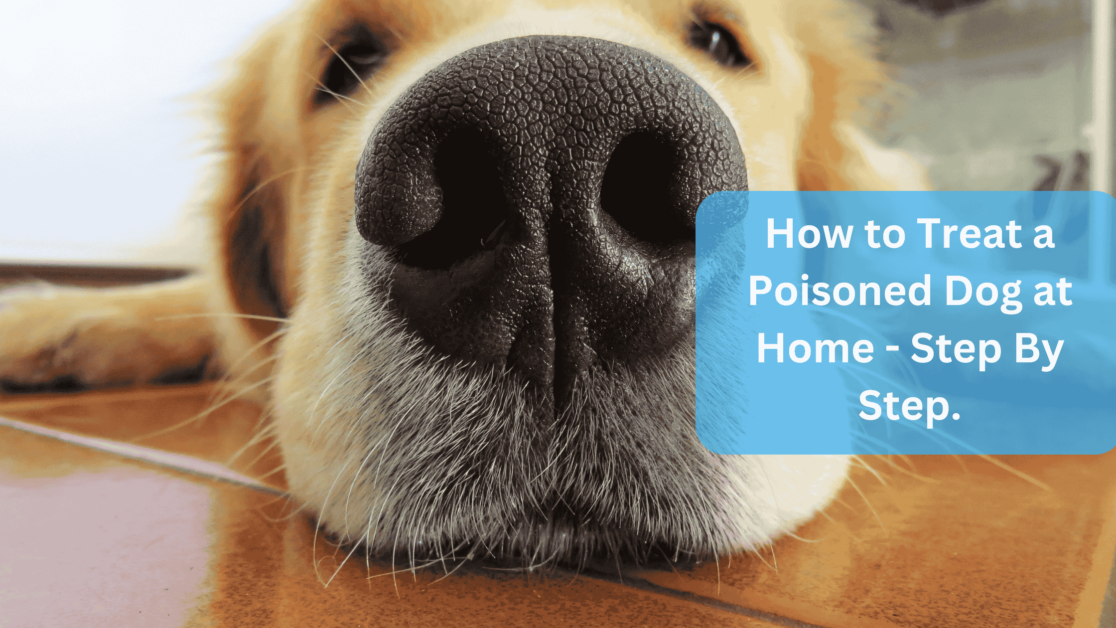Have you ever wondered why your dog’s poop feels unusually cold? As pet owners, it’s natural for us to pay attention to any changes in our furry friends’ bodily functions, and the temperature of their poop is no exception.
Understanding why your dog’s poop might be cold is important for their well-being.
In this article, we will explore the various factors that can contribute to cold dog poop and provide you with the knowledge to address any concerns you may have.
We all want what’s best for our beloved canine companions, and being informed about their health is crucial.
Regarding their bathroom habits, it’s essential to pay attention to any changes, including variations in poop temperature.
While it may seem like a minor detail, alterations in poop temperature can sometimes indicate an underlying issue.
By understanding the causes behind cold dog poop, you can ensure that your furry friend stays happy and healthy.
So, if you’ve ever asked yourself, “Why is my dog’s poop cold?” or felt concerned about the temperature of their waste, you’ve come to the right place.
Let’s delve into the fascinating world of dog digestion and explore the potential reasons behind this intriguing phenomenon.
By understanding why your dog’s poop might be cold, you’ll be better equipped to provide them with the care they need.
Normal Range of Dog Poop Temperature
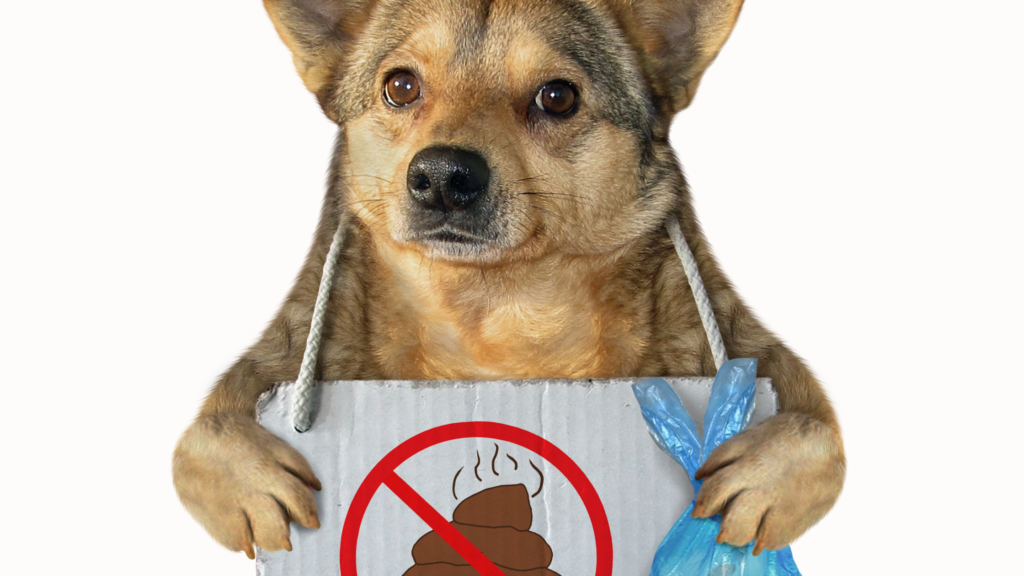
Have you ever wondered what the normal temperature of a dog’s poop should be?
Well, the answer might surprise you! Typically, a dog’s poop is close to its body temperature, around 101 to 102.5 degrees Fahrenheit (38.3 to 39.2 degrees Celsius).
However, it’s important to note that slight temperature variations can be perfectly normal and nothing to worry about.
Just like us humans, dogs’ bodies are influenced by their environment. Factors such as the weather, their diet, and even their level of physical activity can impact the temperature of their poop.
So, don’t be alarmed if you occasionally notice a slightly cooler or warmer poop.
As long as your dog is otherwise healthy and displaying no other concerning symptoms, slight temperature variations are generally nothing to be concerned about.
Establishing a baseline for what is normal for your dog is essential.
Paying attention to their poop temperature over time and familiarizing yourself with what is typical for them can help you spot any significant changes that might require further investigation.
So, while there is a normal range for dog poop temperature, remember that slight variations are par for the course.
Now, let’s dig deeper into the potential causes behind cold dog poop and explore when it may be a cause for concern.
Why Is My Dog’s Poop Cold? Factors Influencing Poop Temperature
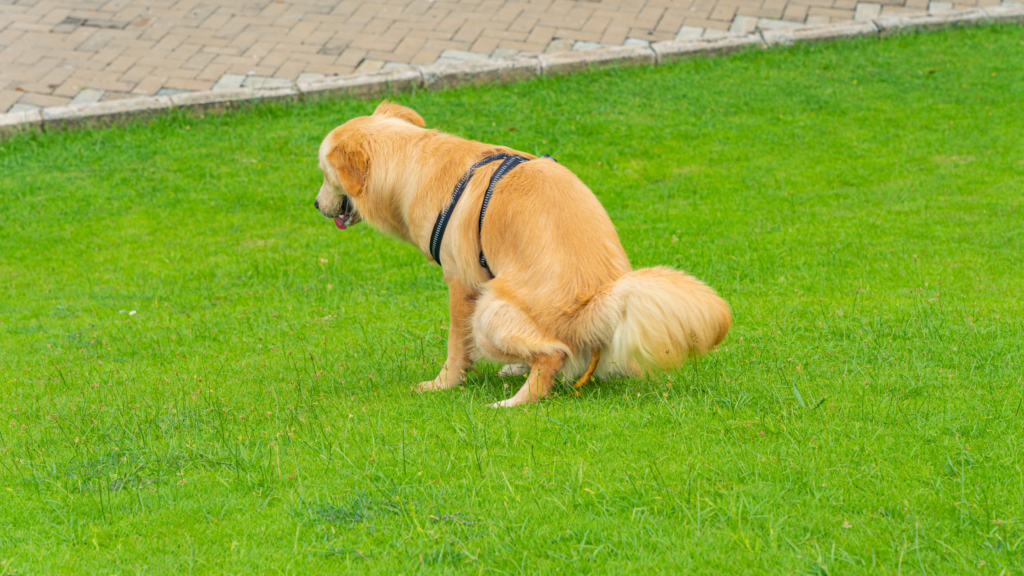
The temperature of your dog’s poop can be influenced by various factors, including their diet, health conditions, and environmental factors.
Let’s look closer at how these factors can play a role in determining the temperature of your furry friend’s feces.
1. Diet and hydration
Just like with our bodies, what goes into your dog’s stomach can affect the temperature of their poop. Suppose your dog consumes cold water or even occasional snow snacks.
In that case, it can lower the temperature of their poop. Similarly, certain foods or dietary changes can impact their digestion, leading to variations in poop temperature.
Ensuring your dog has a balanced diet and adequate hydration can help maintain a healthy poop temperature.
2. Health conditions
Sometimes, cold poop can be an indication of an underlying health issue. Gastrointestinal infections, digestive disorders, or certain medications can affect the digestive process and produce cooler poop.
Suppose your dog is experiencing other symptoms like diarrhea, vomiting, or changes in appetite. In that case, it’s essential to consult your veterinarian to rule out any underlying health conditions.
3. Environmental factors
Believe it or not, external conditions can also influence the temperature of your dog’s poop. For example, when your dog is exposed to chilly outdoor temperatures during colder weather, their poop may naturally be colder.
Suppose your dog is accustomed to defecating in a warm environment, like inside the house or on heated surfaces.
In that case, the contrast in temperature can be noticeable. So, don’t be surprised if your dog’s poop feels cooler on a frosty winter walk.
Understanding these factors can help you determine whether your dog’s poop temperature is within a normal range or if it requires further attention.
However, it’s important to note that while slight variations in poop temperature are common, significant and persistent changes accompanied by other concerning symptoms may warrant a visit to your veterinarian for a proper diagnosis.
Now that we’ve explored the factors influencing poop temperature, let’s delve into the potential health implications and when you should seek veterinary advice.
Identifying Abnormal Poop Temperature
While slight variations in your dog’s poop temperature are generally normal, there are certain instances where cold poop may indicate an underlying issue.
It’s important to be aware of accompanying symptoms that can help you determine whether the temperature change is a cause for concern. Here’s what you should watch out for:
1. Changes in appetite
If your dog’s poop is consistently cold and they show a sudden loss of appetite or a significant decrease in food intake, it could be a sign of a more serious problem.
A decreased appetite can indicate digestive issues or underlying health conditions requiring a veterinarian’s attention.
2. Altered stool consistency
Pay attention to any changes in the consistency or appearance of your dog’s poop.
If their poop becomes consistently watery and loose or contains blood, mucus, or unusual colors, it could indicate an underlying gastrointestinal problem.
When combined with cold poop, these changes should be addressed by a veterinarian for a proper diagnosis.
3. Unusual behavior
Keep an eye out for any changes in your dog’s behavior. If they seem sluggish, lack energy, or exhibit signs of discomfort or pain, it may be a sign that something is amiss.
Cold poop and these behavioral changes could indicate an underlying health issue that requires further investigation.
If you notice any of these accompanying symptoms along with consistently cold poop, it’s crucial to consult with your veterinarian.
They can evaluate your dog’s overall health, conduct necessary tests, and provide appropriate treatment options.
Remember, monitoring your dog’s poop and paying attention to their overall well-being is key to ensuring their health and happiness.
Also Read : Why Is My Dog Pooping Clear Liquid? Best Guide 2023
Common Causes of Cold Dog Poop
Several factors can contribute to cold poop in dogs. Understanding these common causes can help explain why your dog’s poop may be colder than usual.
Let’s explore some of the specific factors and their effects on poop temperature:
1. Dietary changes
Sudden changes in your dog’s diet can affect its digestive system and poop temperature. For example, if you recently switched your dog’s food or introduced new ingredients, their body may need time to adjust.
These changes can lead to colder poop temporarily. Gradual transitions when changing your dog’s diet can help minimize these temperature fluctuations.
2. Infections and digestive disorders
Gastrointestinal infections or digestive disorders can impact your dog’s poop temperature.
Infections caused by bacteria, viruses, or parasites can disrupt the normal functioning of the digestive system, leading to changes in poop consistency and temperature.
Inflammatory bowel disease, pancreatitis, or other digestive disorders can also contribute to cold poop. If you suspect an infection or digestive issue, consult your veterinarian for proper diagnosis and treatment.
3. Stress and anxiety
Dogs, like humans, can experience stress and anxiety, affecting their digestive system. Stress can disrupt the balance of gut bacteria and lead to changes in poop temperature.
Situations such as changes in routine, moving to a new home, or introducing a new pet can cause stress in dogs.
Minimizing stress through a stable environment, positive reinforcement, and providing a safe space for your dog can help regulate their poop temperature.
4. Medications and treatments
Certain medications or medical treatments can influence poop temperature.
For instance, antibiotics used to treat infections may temporarily alter the balance of gut bacteria, impacting digestion and poop temperature.
If your dog is on medication, discuss any potential side effects with your veterinarian to understand if it could affect their poop temperature.
It’s important to note that while these factors can contribute to cold poop, they may not always be the sole cause.
If you have concerns about your dog’s poop temperature or notice other persistent symptoms, consult your veterinarian for a comprehensive evaluation and appropriate guidance.
Understanding the potential causes behind cold poop can help you take appropriate measures to maintain your dog’s digestive health and overall well-being.
Also Read : Husky American Bulldog Mix – Unleashing the Energetic Charm
Managing and Treating Cold Dog Poop
Managing and treating cold dog poop involves adopting practices that promote a healthy digestive system and regulate poop temperature. Here are some general tips to consider:
1. Balanced diet
Providing your dog with a balanced and nutritious diet is crucial for their overall health and digestive system.
Ensure their meals contain high-quality proteins, carbohydrates, healthy fats, and essential nutrients. Consult your veterinarian to determine the appropriate diet for your dog’s needs.
2. Proper hydration
Adequate hydration is essential for maintaining a healthy digestive system. Ensure your dog has access to fresh and clean water at all times.
Avoid offering excessively cold water, as it can temporarily affect poop temperature. Monitor your dog’s water intake during hot weather or increased activity to prevent dehydration.
3. Regular exercise
Exercise plays a significant role in maintaining a healthy digestive system for dogs. Physical activity helps stimulate bowel movements and supports proper digestion.
Engage your dog in regular exercise routines, such as walks, playtime, or interactive toys. Consult your veterinarian for suitable exercise levels for your dog’s breed and age.
4. Avoid sudden food changes
Dogs thrive on routine, including their meals. Avoid sudden changes in their diet, as it can disrupt their digestive system and potentially lead to colder poop.
If you need to transition your dog to a new food, mix the new and old food gradually over several days.
5. Regular veterinary check-ups
Regular veterinary check-ups are essential for monitoring your dog’s overall health and identifying potential issues early on.
Your veterinarian can provide guidance specific to your dog’s needs, perform necessary tests, and address concerns about poop temperature or other digestive issues.
Remember, while these general tips can help regulate poop temperature and maintain a healthy digestive system, it’s important to consult with your veterinarian for personalized advice.
They can provide tailored recommendations based on your dog’s needs, ensuring their well-being and helping you address any specific concerns.
Following these guidelines and staying proactive in your dog’s care can contribute to a healthy digestive system and promote optimal poop temperature, leading to a happier and healthier companion.
When to Consult a Veterinarian
While occasional variations in poop temperature may not cause alarm, persistent changes or accompanying symptoms could indicate an underlying issue.
Recognizing when to consult a veterinarian for a proper diagnosis and tailored treatment options is crucial. Here’s what you should consider:
1. Persistent changes
If your dog consistently has cold poop over an extended period, seeking veterinary advice’s a good idea.
This could indicate an underlying health problem that requires professional attention. Don’t ignore persistent changes, as they could indicate an underlying issue that needs addressing.
2. Concerning symptoms
In addition to changes in poop temperature, keep an eye out for other symptoms that may accompany it.
Look for signs such as frequent diarrhea, constipation, blood in the stool, excessive vomiting, loss of appetite, weight loss, or unusual behavior.
These symptoms may suggest a more serious underlying condition that requires veterinary intervention.
3. Diagnostic expertise
Veterinarians have the expertise and tools to perform diagnostic tests to pinpoint the cause of the abnormal poop temperature.
They can conduct thorough examinations, run laboratory tests, and evaluate your dog’s overall health to determine the underlying issue accurately.
Relying on their expertise ensures a comprehensive understanding of your dog’s condition.
4. Tailored treatment options
Seeking veterinary advice allows you to receive tailored treatment options based on your dog’s needs.
Your veterinarian can prescribe appropriate medications, recommend dietary adjustments, or suggest lifestyle modifications to address the underlying cause and help restore normal poop temperature.
When developing a treatment plan, they will consider factors such as your dog’s age, breed, medical history, and current health status.
Remember, your veterinarian is your trusted partner in your dog’s health journey.
They have the knowledge and experience to guide you through any concerns you may have about your dog’s poop temperature or associated symptoms.
Don’t hesitate to reach out to them for advice and support.
Consulting a veterinarian ensures your dog receives the necessary care and attention to address any underlying health issues.
Early detection and intervention can lead to effective treatment and a happier, healthier pup.
Your veterinarian is there to assist you every step of the way and provide the best possible care for your furry friend.
Also Read : Wells Syndrome in Dogs: Comprehensive Treatment & Care Guide
Conclusion
Understanding why your dog’s cold poop is essential for its overall well-being.
While slight variations in poop temperature are normal, persistent changes or accompanying symptoms may indicate an underlying health issue that requires attention.
In this article, we’ve explored the normal range of dog poop temperature.
These discussed factors can influence poop temperature, identify when cold poop may be a cause for concern, and provide tips for managing and treating cold poop.
We’ve also emphasized the importance of consulting a veterinarian if you notice persistent changes or concerning symptoms.
Remember, a balanced diet, proper hydration, regular exercise, and veterinary check-ups are key to maintaining a healthy digestive system in your dog.
These practices can help regulate poop temperature and improve their health and well-being.
Don’t hesitate to seek veterinary advice if you have any concerns about your dog’s poop temperature or notice persistent changes.
Veterinarians have the expertise to diagnose underlying issues and provide tailored treatment options for your dog’s needs.
You can ensure they lead a happy and healthy life by staying proactive and attentive to your dog’s health.
Paying attention to their poop temperature is one way to monitor their well-being and catch any potential problems early on.
Remember, your furry friend relies on you for their care and well-being.
By staying informed and seeking veterinary advice when necessary, you’re taking important steps toward providing them with the best possible care.
So, watch your dog’s poop temperature, provide them a healthy lifestyle, and consult a veterinarian when needed.
With your love and proper care, your dog will enjoy a happy and comfortable life by your side.
